Reducing Water Consumption in Swine Barns
Posted in: Pork Insight Articles, Prairie Swine Centre, Swine Innovation by admin on February 7, 2018 | No Comments
Demonstrating Management Practices that Enhance the Sustainability of Pork Production
Activity 1.3 – Reducing Water Consumption in Swine Barns
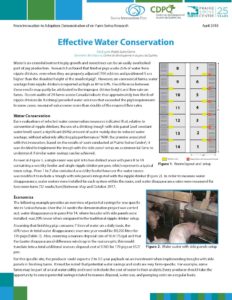 |
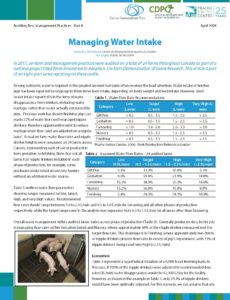 |
|
From Innovation to Adoption: RESULTS
Posted in: Pork Insight Articles, Prairie Swine Centre, Swine Innovation by admin on November 23, 2017 | No Comments
Activity 5. From Innovation to Adoption: RESULTS
For Your Barn |
|||
| Water Intake Checklist | Feeder Design Considerations | 6 S’s of Successful Enrichment | |
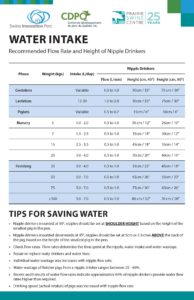 |
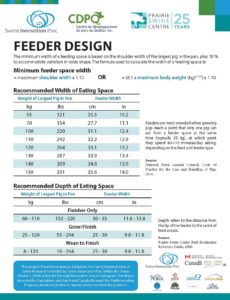 |
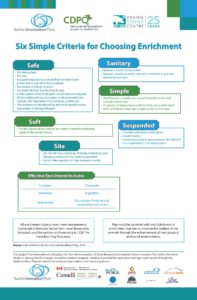 |
|
|
|
|||
 |
 |
 |
 |
|
|
|||
 |
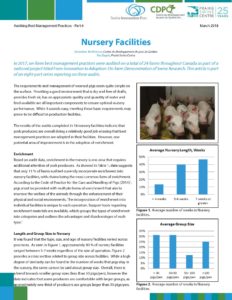 |
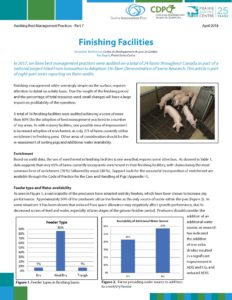 |
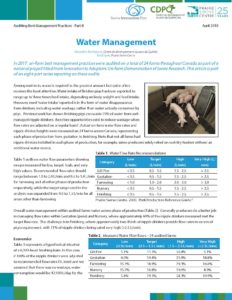 |
|
|
|||
 |
 |
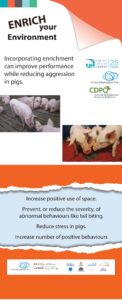 |
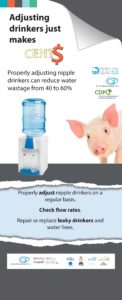 |
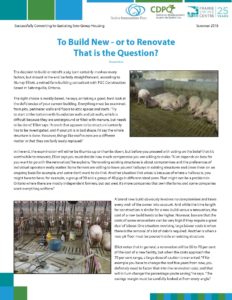 |
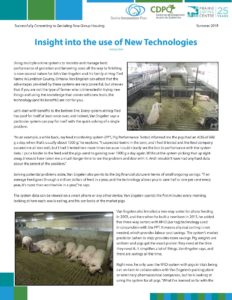 |
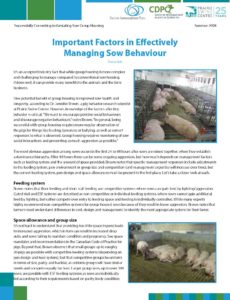 |
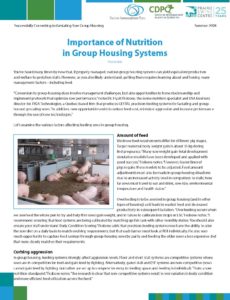 |
Successfully Converting to Group Sow Housing
Posted in: Pork Insight Articles, Prairie Swine Centre, Swine Innovation by admin on November 7, 2017 | No Comments
Demonstrating Management Practices that Enhance the Sustainability of Pork Production
Activity 1.1 – Successfully Converting to Gestating Sow Group Housing
In September 2017 two group sow housing seminars were held in Winnipeg, Manitoba and Strathmore, Alberta. The goal of these meetings was to better inform those producers who are currently looking to make the conversion to group sow housing. The meetings brought together a combination of speakers that addressed the areas of renovation, producer experience, technology & innovation, types of renovations and nutrition. The agenda for the meetings can be found below, in addition to copies of the PowerPoint presentations and video presentations.
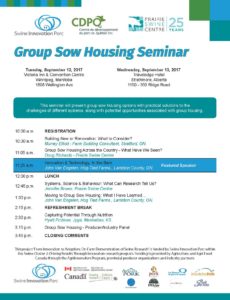 |
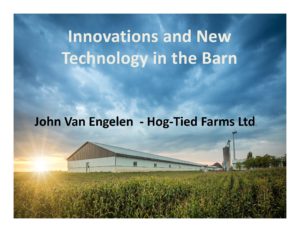   |
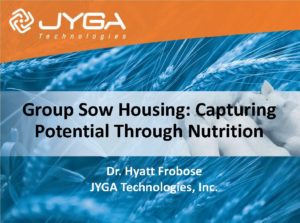 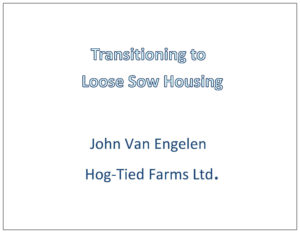 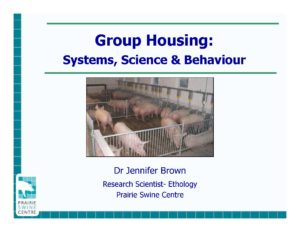 |
Videos |
In the Media |
| Effective Strategies for Reducing Aggression Among Group Housed Sows (view article) |
| Advance Planning and Training Key to Grouping Sows (view article) |
| New or Renovate Hog Barns (view article) |
| One Producer’s Experience in Switching to Sow Group Housing (view article) |
| Hog Barn Codes – To Renovate or to Build New is the Big Question (view article) |
| Pas de retour en arrière pour les truies en groupe (French) (view article) |
FarmScape InterviewsDeciding to Build New or Renovate Comes Down to Cost Cost Key When Deciding Whether to Renovate or Build from Scratch Partial Renovation Popular In Converting to Group Sow Housing Non-Competitive Feeding Allows Greater Range of Weight and Larger Group Size Researchers Identify Strategies For Reducing Aggression Among Group Housed Sows Adoption of Group Housing Varies by Region Access to Research Improves Decision Making When Moving to Group Sow Housing Group Sow Housing Offers Opportunity to Reduce Energy Costs Right Diets and Right Volumes Critical to Peak Sow Productivity Nutrition Key to Improved Reproductive Performance and Longevity of Sows Pork Producers Encouraged to Formulate Sow Rations Based on Parity Modern Communication Technology Aids in Monitoring Swine Herd Performance Adoption of Technology Helps Improve Productivity |
Demonstrating Management Practices that Enhance the Sustainability of Pork Production
Posted in: Pork Insight Articles, Prairie Swine Centre, Swine Innovation by admin on | No Comments
Demonstrating Management Practices that Enhance the Sustainability of Pork Production
Activity 1.1 – Successfully Converting to Gestating Sow Group Housing
Innovation to Adoption: On Farm Demonstration of Swine Research
Posted in: Pork Insight Articles, Prairie Swine Centre, Swine Innovation by admin on | No Comments

From Innovation to Adoption: On-Farm Demonstration of Swine Research is an integrated collaborative project involving Swine Innovation Porc, Centre de développement du porc du Québec and Prairie Swine Centre. This project will help the 7,000 pork producers across Canada seize new opportunities and incorporate novel technologies and strategies in their production systems. Specifically, this project involves three primary components:
- Partner with commercial pork producers/organizations to serve as Lead-Users (demonstration sites) for the new technology or management practice;
- Communicate results and information gathered through the demonstration sites to others within the Canadian pork industry increasing the adoption of new technologies and management practices throughout Canada.
- Develop tools to increase the speed of adoption of new technologies and strategies on pig farms
ACTIVITY 1. Demonstrating Management Practices that Enhance the Sustainability of Pork Production
Objective: Identify efficiencies in transitioning gestation sows from stalls to group housing systems through early adopters and science.
1.1 Successfully Converting to Gestating Sow Group Housing
1.2 Environmental Enrichment Strategies
1.2 Improved Laying Areas for Sows
1.3 Reducing Water Consumption in Swine Barns
ACTIVITY 2. Demonstrating New Nutritional Strategies – Low Cost Feeding Strategies for Sows
Objective: Demonstrate low cost feeding strategies for optimum sow productivity
2.1 Low Cost Feeding Strategies for Sows
ACTIVITY 3. Auditing On-Farm Best Management Practices
Objective: Measure the pork industry’s adoption of best management practices that reduce cost of production, enhance sustainability and reduce labour commitments.
ACTIVITY 4. Swine Health Management an Biosecurity – Rapid Assessment of Transport Trailer Cleanliness
Objective: Demonstrate the use of ATP bioluminescence meter for rapid assessment of surface cleanliness of swine transport trailers.
ACTIVITY 5. Communications
Objective: Increase the speed of technology of adoption of Lead-User activities by communicating demonstration results to the Canadian pork industry.
| This project ‘From Innovation to Adoption: On-Farm Demonstration of Swine Research’ is funded by Swine Innovation Porc within the Swine Cluster 2: Driving Results Through Innovation research program. Funding is provided by Agriculture and Agri‐Food Canada through the AgriInnovation Program, provincial producer organizations and industry partners. | 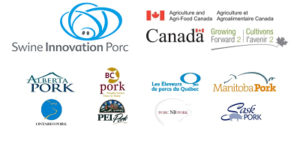 |
EUTHANASIA – CODE OF PRACTICE FOR THE CARE AND HANDLING OF PIGS
Posted in: Prairie Swine Centre, Swine Innovation, Welfare by admin on October 26, 2017 | No Comments
The following is a list of acceptable and unacceptable methods of euthanasia of individual animals for
use on-farm, as well as methods that are only considered acceptable with the noted conditions. The
chart is based on the information that was available at the time of publishing1. For any method to be
considered acceptable, it must render the animal immediately insensible and the animal must not return
to sensibility prior to death. Individuals who euthanize pigs must be trained in the appropriate methods.
Recommended Flow Rate & Height of Nipple Drinkers
Posted in: Pork Insight Articles, Prairie Swine Centre, Press Releases, Swine Innovation by admin on August 24, 2017 | No Comments
Use of Novel Technologies to Optimize Pig Performance, Welfare and Carcass Value
Posted in: Pork Insight Articles, Swine Innovation by admin on February 7, 2017 | No Comments
Keeping on top of new technologies is critical for businesses to remain competitive and profitable. Technology for data recording is becoming increasingly important and more affordable in pork production whether you are a commercial hog producer, a swine genetics company or involved in the packing and processing of pork. It simply comes down the old adage that you can’t improve what you don’t measure. But of course, there is much more to it than simply adopting every technology that you hear or read about. There is a need to identify technologies that can truly help your business and be sure the technologies can work as promised. It can be challenging, if not impossible, for individual businesses to adequately assess and test many of the promising technologies that are out there. Collective efforts by the industry can address this challenge and with that in mind, the Canadian Centre for Swine Improvement (CCSI) is coordinating a large collaborative project on novel technologies. Some of the technologies tested can help monitoring pigs from nursery through to market weight. Others measure carcass and pork quality attributes. There are even technologies able to predict carcass and pork quality on the live animal.
The project includes the following pilot studies, three on live pigs and five on carcass and pork quality:
- Automated recording of feed/water intake and 3D vision systems to estimate weight/conformation
- Infrared thermography diagnostic platform to monitor swine to health and predict feed efficiency
- Use of accelerometers to automatically assess pig behaviour and welfare
- Using 3D vision for rapid and objective hog carcass quality assessment
- Rapid in vivo prediction of pork composition and quality traits using near-infrared spectroscopy
- Determination of the age of bruises on pig carcasses at slaughter
- Application of rapid methods for non-invasive assessment of pork quality
- Quick, non-invasive technology for prediction of loin marbling in fresh loins on the cutting line
These pilot studies are underway in research facilities and will be completed during 2016. The results will help the industry to make informed decisions about these technologies. In each case we need to consider the value of what is being measured as well as the accuracy, the cost and the practicality. Knowing which technologies are not ready yet is just as important as knowing which technologies are ready for commercial testing. From those that are deemed ready, the goal is to work with industry partners to test each selected technology on a total of at least 1000 pigs and carcasses.
One of the technologies that is now being considered for commercial tests is the automated recording of water intake. In the pilot study the water intake on individual pigs has been found to correlate highly with feed intake. As well, sudden changes in water intake can be indicators of individual pig health. The technology may also be helpful in assessing and reducing water wastage which was found to vary considerably amongst individual pigs. This could lead to a practical tool which can improve efficiency and pig health while also reducing environmental impact.
The overall project is assessing several novel technologies which can help producers to monitor health, welfare and feed efficiency while also offering tools to predict and enhance carcass value. There are also technologies for packers to better evaluate carcass and pork quality. This will allow them to get more value from each carcass and also to provide signals back to producers to motivate further improvement. The importance of attracting investment in new technologies is apparent as all industries are benefiting from greater data management and process control through electronically controlled devices. An added advantage of moving toward novel technologies and more electronically controlled devices is the attraction of new employees seeking to use their technical skills and interest as part of their career, thus a benefit in the pork industry to attract younger and well qualified personnel.
This project is funded by Swine Innovation Porc within the Swine Cluster 2: Driving Results Through Innovation research program. Funding is provided by Agriculture and Agri‐Food Canada through the AgriInnovation Program, provincial producer organizations and industry partners.
About the Canadian Centre for Swine Improvement (CCSI)
CCSI is a non-profit organization created in 1994 to provide support to the Canadian pork industry by providing leadership, innovation and coordination in national genetic evaluations; database establishment and maintenance; program standards; and research and development. Members include Canadian Pork Council, Canadian Meat Council, Canadian Swine Breeders Association, regional swine improvement centres and users of the Canadian Swine Improvement Program.
Determining the Optimum Stocking Density in Nursery Pigs
Posted in: Pork Insight Articles, Prairie Swine Centre, Swine Innovation by admin on December 22, 2016 | No Comments
Floor space allowance is a complex issue in swine production, and one that is critical for both economic and welfare reasons. The quantity of space provided substantially affects pig welfare by influencing behaviour, stress and social interactions, and has significant economic impacts on productivity and the total pig throughput possible on a farm. It’s important that recommendations for the minimum floor space allowance for groups of pigs are not arbitrary, but based on sound biological and economic research. The current space allowance requirements specified in the Canadian Code of Practice for the Care and Handling of Pigs are largely based on research performed on grower-finisher pigs. However, comparatively little is known on the effects of space allowance on nursery pigs, and current space allowance requirements may overestimate the requirements for nursery pigs due to their increased willingness to overlie one another. The objective of this project is to determine a precise value for the minimum space allowance for nursery pigs which provides an optimal and scientifically defensible balance between profitability and animal welfare.
Determining Effective Enrichments for Group Housed Sows
Posted in: Pork Insight Articles, Prairie Swine Centre, Swine Innovation by admin on | No Comments
Effective enrichments have been shown to reduce aggression and injuries, and can be an effective tool to improve the management of group-housed sows. This project set out to identify the most effective forms of enrichment based on attractiveness, durability, and sustainability of a range of enrichment objects. The objects identified as most effective within this study will be used in a future enrichment study.
Groups of 28 multiparous sows and gilts were housed in walk in/lock in stalls with a partially slatted loafing area. Five treatments were examined over five days, including: 1) a horizontal piece of wood (4”x4”), suspended on chains between two posts; 2) a block of wood (18”x 2”x 4”), attached to a chain allowing the block to rest at a 450 angle; 3) three items (rope, chain, and wood block) hung together on a chain; 4) straw provided in two metal racks; and 5) straw placed on the solid floor at 300g/day/sow.
When looking at the overall interaction, the percentage of sows interacting with enrichment items on day 1 far exceeded those on days 3 and 5. This habituation response was expected. There was an increase in sows lying down throughout the five day treatment with the swing, straw on the floor, and straw in a rack treatment groups. Ranking the enrichment treatments according to durability, safety, and sow attractiveness resulted in the following ratings (first to last): straw on the floor, straw in a rack, three-item enrichment, and the block of wood. Based on these results, the straw, cotton rope and the wooden block treatments will be further examined in the next phase of the study.










